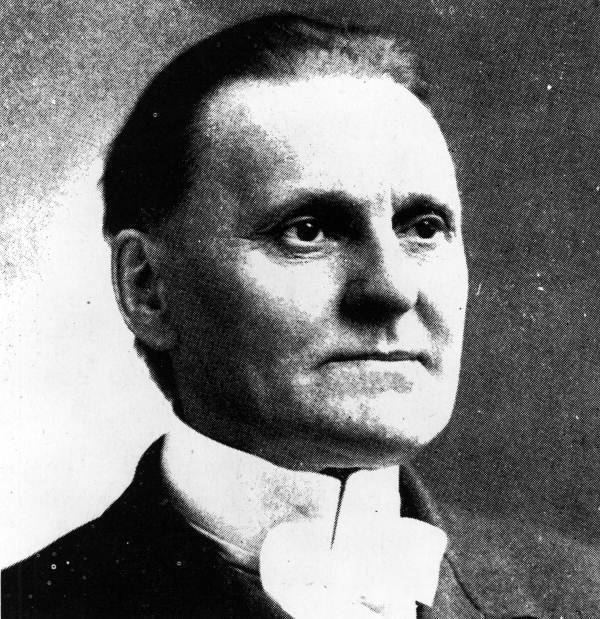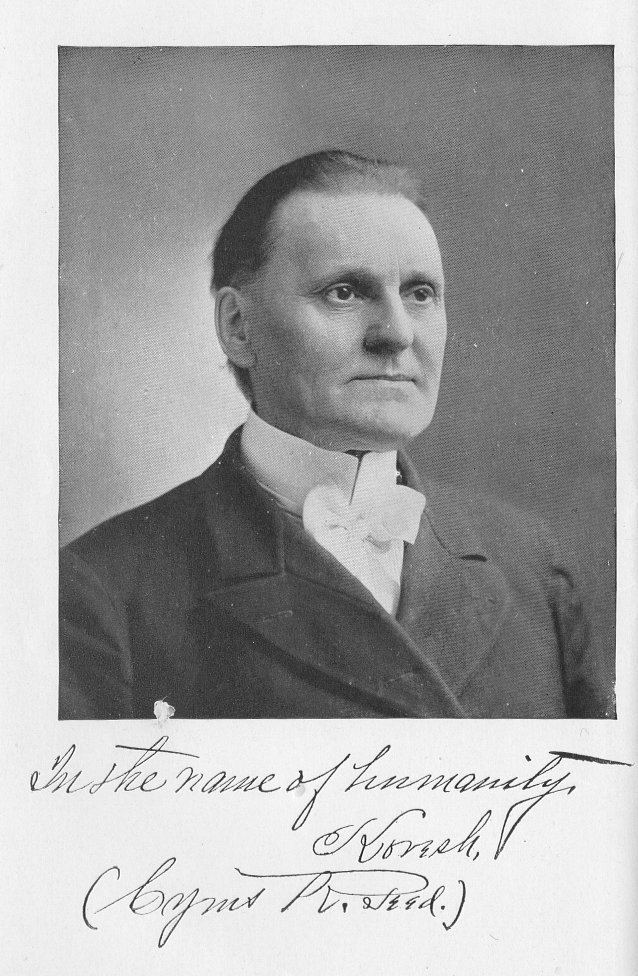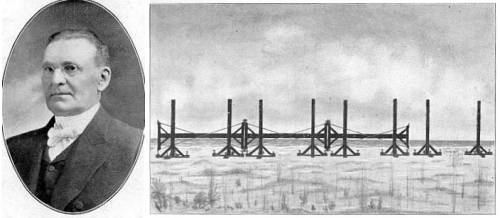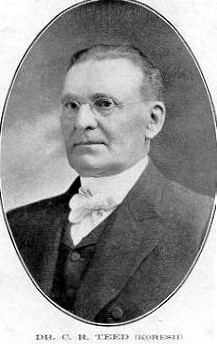Name Cyrus Teed | Children Douglas Arthur Teed | |
 | ||
Books The Cellular Cosmogony: Or, The Earth a Concave Sphere | ||
Cyrus teed le messie de la terre creuse
Cyrus Reed Teed (October 18, 1839 – December 22, 1908) was a U.S. eclectic physician and alchemist turned religious leader and messiah. In 1869, claiming divine inspiration, Dr. Teed took on the name Koresh and proposed a new set of scientific and religious ideas he called Koreshanity, including a unique Hollow Earth theory that posits the Earth and sky exist inside the inner surface of a sphere.
Contents
- Cyrus teed le messie de la terre creuse
- Nc2 geodezja mariusz szczytynski niebocentryzm a cyrus teed skycentrism
- Early years
- Koreshanity
- Communal leader
- Death and legacy
- Works
- References

In the 1870s, he founded in New York the Koreshan Unity, a commune whose rule of conduct was based on his teachings. Other similar communities were established in Chicago and San Francisco. After 1894 the group concentrated itself in the small Florida town of Estero, seeking to build a "New Jerusalem" in that locale, peaking at 250 residents during the first decade of the 20th Century. Following Teed's death late in 1908 the group went into decline, finally disappearing in 1961, leaving the Koreshan State Historic Site behind.

Nc2 geodezja mariusz szczytynski niebocentryzm a cyrus teed skycentrism
Early years

Cyrus Reed Teed was born October 18, 1839 in Delaware County, New York.

Teed studied medicine before opening a medical practice in Utica, New York.
Koreshanity

As a young eclectic physician, Teed was always interested in unconventional experiments, such as alchemy, often involving dangerously high levels of electricity. In the autumn of 1869, during an experiment he was badly shocked, and passed out. During his period of unconsciousness, Teed believed he was visited by a divine spirit who told him that he was the messiah. Inspired, once he awoke Teed vowed to apply his scientific knowledge to "redeem humanity." He promptly changed his first name to "Koresh," the Hebrew word for Cyrus.

Teed denounced the idea that the Earth revolved around the sun and instead pioneered his own theory of the Universe, known as the Cellular Cosmogony. According to this theory, human beings live on the inside of the planet, not the outside. The sun is a giant battery-operated contraption, and the stars mere refractions of its light.
Teed's ideas, called Koreshanity, caught on with others. Koreshanity preached cellular cosmogony, alchemy, reincarnation, immortality, celibacy, communism, and a few other radical ideas. Teed started preaching Koreshanity in the 1870s in New York, forming the Koreshan Unity, later moving to Chicago.
Communal leader
One of Teed's fundamental principles involved the gathering of his most devoted followers into communal living groups. A first commune was formed in Chicago in 1888. By 1902 a second Koreshan community was established in that city. Other followers of the so-called Koreshan Unity formed a short-lived community in San Francisco, which lasted from 1891 to 1892. Small church groups existed in other towns.
In 1894 Teed's followers began to congregate in a small Florida town called Estero, where Teed planned to form a "New Jerusalem." The two Chicago societies, including the group's printing plant, were subsequently shut down and moved to Florida. The colony was extensively landscaped and bedecked with numerous exotic tropical plants. The Koreshans built extensively, establishing a bakery, general store, concrete works, power plant, and "World College of Life" in the community. They also published their newspaper from the site, called The Flaming Sword.
The "golden age" of the Koreshan Unity in Estero was 1903 to 1908, when they had over 250 residents and incorporated the town, its territory embracing some 110 square miles — the fifth largest area of any city in the United States at the time.
They tried to run several candidates for county government against the local Democratic Party, but were never successful.
Death and legacy
On October 13, 1906, while meeting the 1:30PM Atlantic Coast Line train from Baltimore, a group of Koreshans got into a fight in front of R.W. Gillams grocery store in Ft. Myers, Teed tried to break it up and he was severely beaten by a Marshal Sanchez, suffering injuries from which he never recovered. He died on December 22, 1908.
Teed's followers initially expected his resurrection, after which he and his faithful would be taken up to heaven as he had predicted in his book The Immortal Manhood. They kept a constant vigil over his body for two days, after which time it began to show signs of decay. Following Christmas the county health officer stepped in to order his burial. After his death the group went into decline.
In 1910, a hurricane destroyed his tomb on the southern end of Estero island and washed his coffin out to sea.
The last remaining follower, Hedwig Michel, deeded the colony to the State of Florida in 1961. It is now the Koreshan State Historic Site.
Cyrus Teed's son, Douglas Arthur Teed, was an American Impressionist painter.
